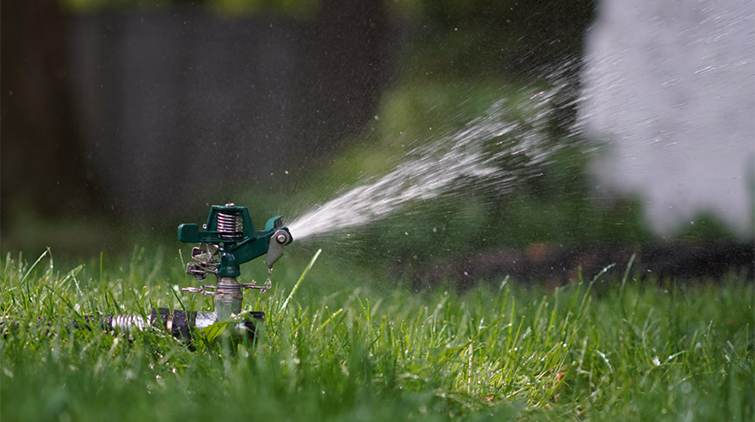The Challenge
For Los Angeles County to achieve 100% local water, increasing local water supply and reducing local demand for water must occur simultaneously. Numerous water conservation efforts exist and have been proposed to serve this purpose, but there is a lack of quantitative data on how each of these water conservation efforts functions in the county. Thus, there is a need to evaluate the full portfolio of potential conservation options to identify practices that would maximize benefits. The UCLA research team carried out this evaluation, taking into consideration Los Angeles-specific conditions such as the local climate and the inability to reduce customers’ water demand (often termed, “demand hardening”) due to previously implemented programs.
The Solution
Through an extensive literature review, the research team assessed various indoor and outdoor water conservation practices of cities and countries around the world. They reviewed scientific literature, websites, reports, codes and ordinances, as well as existing and emerging technologies for effective urban water conservation. As a result, they developed a report containing a list of recommendations detailing the practices that would be most suitable to implement in the City of Los Angeles. The final report has been shared with the City of Los Angeles, Metropolitan Water District, Los Angeles County and other water agencies to inform future research and policies.
Results
- The most important advantage of using more local water is the reduction of the Los Angeles region’s demand for energy. Angelenos can lower the city’s greenhouse gas emissions from water supplies by up to 70% by reducing the use of imported water and increasing conservation rates.
- Policies that aim for a 100% reuse of recycled water (except for residuals removed during advanced wastewater treatment such as brine) need to be developed with a specific deadline. At the same time, flows in rivers and creeks must be maintained to protect water needed for aquatic life and recreation.
- Roads and alleys must be improved to become fully-functioning “green streets” with stormwater treatment or infiltration devices installed. For instance, a policy requiring all parcels to be retrofitted to better capture water from a ¾-inch (or greater) rainstorm is recommended. Retrofit requirements and programs will need financial incentives to ensure a rapid and successful city landscape transformation.
Additional Outcomes to Date
The study findings helped to inform key local water commitments in the City of L.A. Green New Deal:
- Source 70% of L.A.'s water locally and capture 150,000-acre feet/year of stormwater by 2035.
- Recycle 100% of all wastewater for beneficial reuse by 2035.
- Install or refurbish hydration stations at 200 sites, prioritizing municipally owned buildings and public properties such as parks, by 2035.
Publications and Reports
Mika, K., Gallo, E., Porse, E., Hogue, T., Pincetl, S., & Gold, M. (2018). LA Sustainable Water Project: Los Angeles City-Wide Overview. UCLA: Sustainable LA Grand Challenge. Retrieved from https://escholarship.org/uc/item/4tp3x8g4

Research Team
Katie Mika
(Formerly with) UCLA Institute of the Environment & Sustainability, Physical Sciences
Sonali Abraham
Environmental Science & Engineering, Physical Sciences
Institute of the Environment & Sustainability
sonaliabraham@ucla.edu
Mark Gold
(Formerly with) UCLA Sustainable LA Grand Challenge/Institute of the Environment & Sustainability, Physical Sciences




